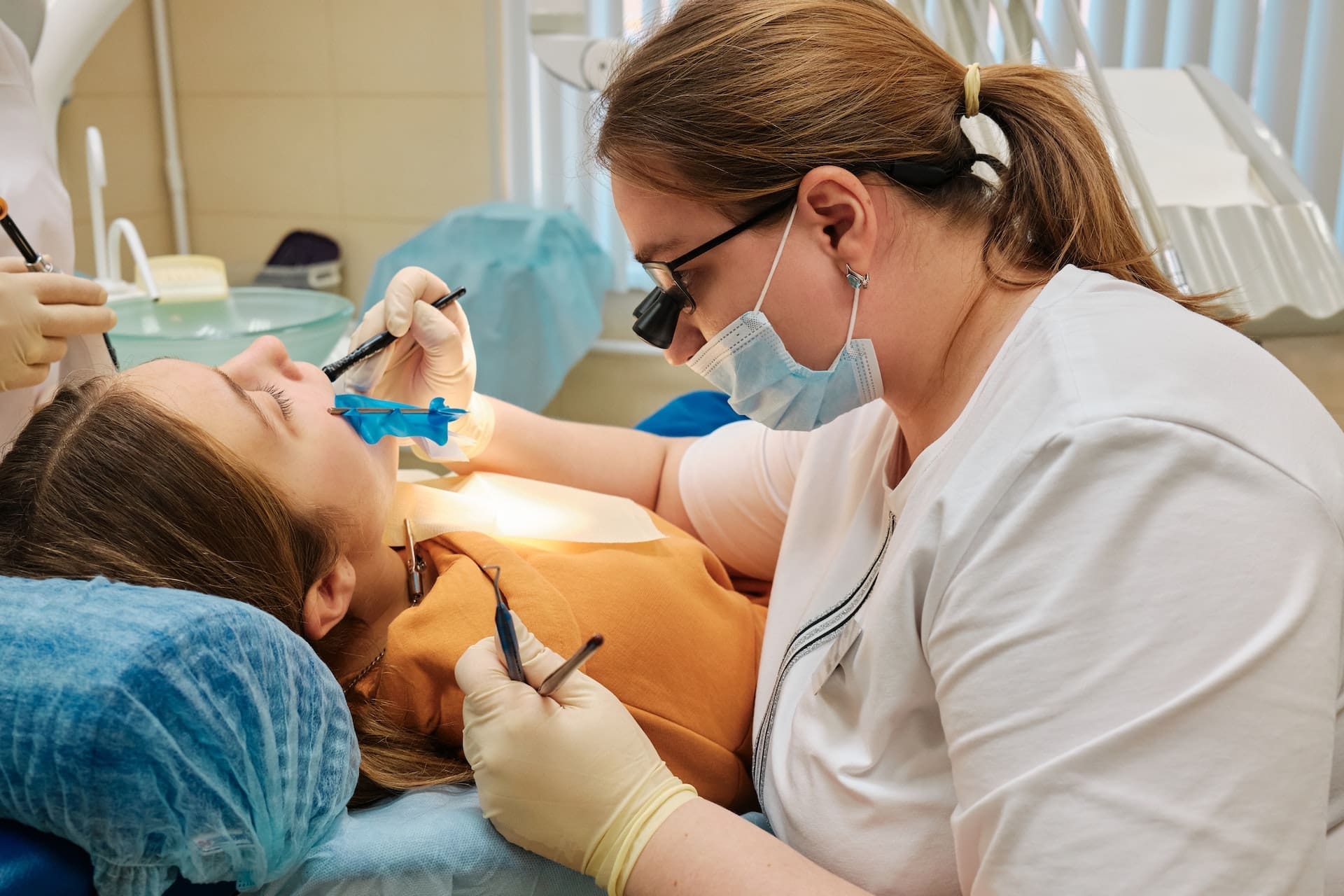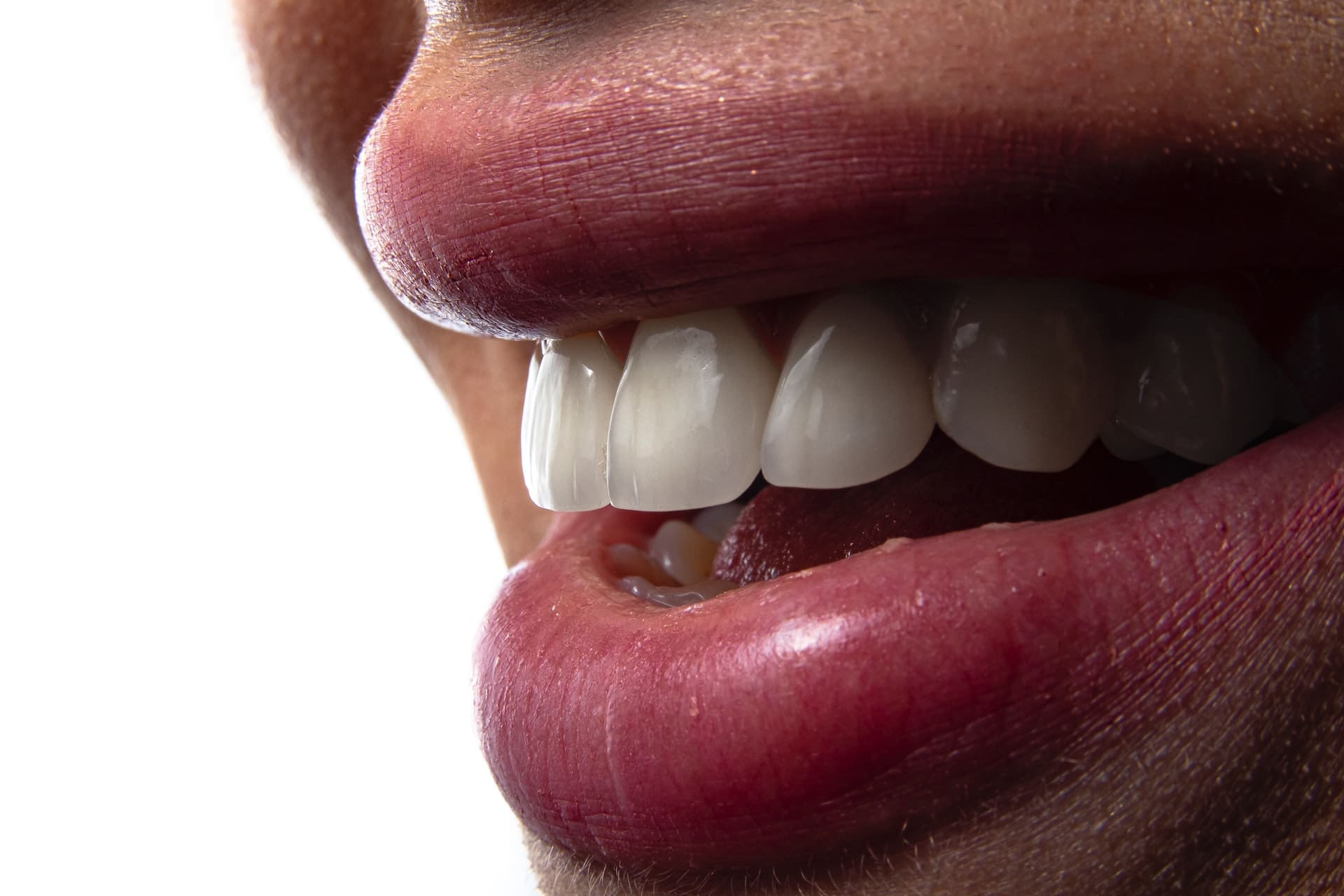Breaking Down the Benefits of Dental Bonding Restoration
Dental bonding restoration is a modern and minimally invasive technique used to restore teeth that have been damaged due to cavities, fractures, or discoloration. With a simple and affordable solution, it can help improve the appearance of your teeth, make them look more visually appealing, and improve your oral health to boot!
But what exactly is dental bonding, and what are the benefits of this procedure? In this article, we’ll dive into the details and break down the benefits of dental bonding restoration.
What is Dental Bonding?
Dental bonding is a restorative dental procedure that uses a special resin material to repair and restore damaged, decayed, or discolored teeth. The material, which is usually a composite resin, is applied to the surface of the tooth and then hardened with a special curing light. Once the material is hardened, it can be shaped and polished to match the surrounding teeth, creating a seamless and natural-looking restoration.
If you’re considering dental bonding restoration, it’s important to understand the procedure’s benefits. From improved aesthetics to better overall oral health, dental bonding restoration can help you get the smile you’ve always wanted. Let’s take a look at the different ways this dental procedure can help you:
Benefits of Dental Bonding Restoration
1. Improved Tooth Protection and Oral Health
One of the greatest benefits of dental bonding is that it can help to protect and preserve your teeth. When the bonding is properly placed, it can help to strengthen the tooth structure and protect it from further damage.
This can help to prevent the need for more extensive and costly dental procedures in the future. This also helps to protect your gums from further harm, as the bonding material helps to create a barrier between the tooth and the gum line.
2. Removes Stains and Restores Tooth Appearance
One of the most common reasons for getting dental bonding is to remove stains and restore the natural tooth appearance. The composite resin material used in dental bonding can be colored to match the exact shade of your existing teeth, so you can be sure you’ll get a natural-looking result that blends in seamlessly with your existing teeth.
3. Fix Tooth Issues Relating to Size, Shape, and Function
Dental bonding is a quick and easy way to restore your teeth and improve your smile. It is a minimally invasive cosmetic dentistry procedure used to fix a variety of issues with teeth, including size, shape, and function. Bonding is a great option for those who have minor aesthetic or structural issues with their teeth, but don’t want to undergo a more extensive dental procedure.
4. Quick and Easy Treatment
Dental bonding can be completed in just one visit to the dentist. The process is relatively simple and typically does not require any preparation, such as numbing or drilling. This makes it a great option for those who need to get quick, effective results.
The Bottom Line: The Wonders of Getting Dental Bonding Restoration for Your Oral Health and Smile
Overall, dental bonding is an excellent option for people who want to improve the look and feel of their teeth. It is a cost-effective and relatively quick procedure that can be used to address a wide variety of tooth issues. If you are looking for a way to improve the appearance of your smile, dental bonding may be the perfect solution for you.
If you are looking for a dentist in Weymouth, MA, look no further than Weymouth Dental Arts. We are committed to providing our patients with the highest quality of care in a comfortable and friendly environment. Give us a call today to schedule an appointment!








